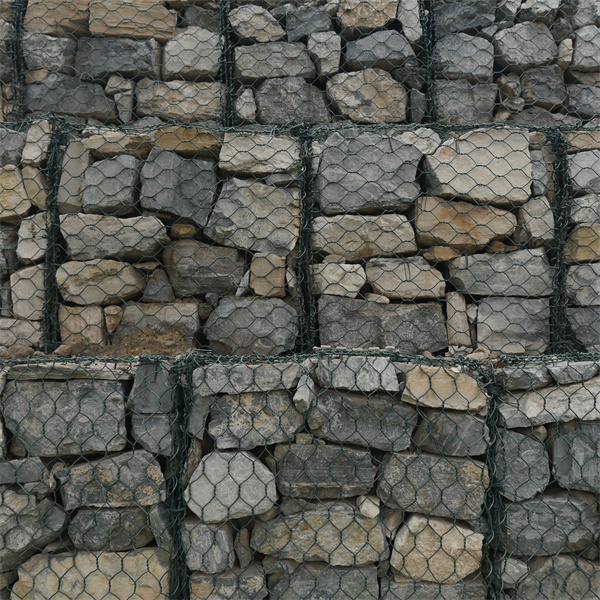Гру . 16, 2024 01:46 Back to list
Innovative Uses of Gabion Containers for Sustainable Landscaping and Construction
The Versatility and Sustainability of Gabion Containers
Gabion containers, also known simply as gabions, have increasingly become popular in various fields ranging from civil engineering to landscaping. These structures, typically composed of wire mesh containers filled with rock, concrete, or other heavy materials, serve paramount functions in enhancing the structural integrity of environments while also providing aesthetic appeal. This article explores the versatility, sustainability, and numerous applications of gabion containers.
What are Gabion Containers?
Gabion containers consist of three main components the mesh, the filler material, and the structure. The mesh, usually made of galvanized steel or stainless steel, creates the external framework that houses the filler material. This filler can range from natural stones to industrial by-products, making gabions adaptable for different contexts. The design allows for flexibility and ease of installation, making them an attractive option for various projects.
Applications of Gabion Containers
1. Erosion Control One of the primary applications of gabion containers is in erosion control. They act as sturdy barriers that can withstand the forces of wind and water, helping to stabilize soil and prevent landslides. By placing gabion walls along riverbanks, for instance, engineers can mitigate the risk of erosion while also allowing for effective drainage.
2. Retaining Walls Gabion containers are frequently used to construct retaining walls, which are essential in managing changes in elevation and shaping landscapes. Their permeability allows water to flow through, reducing hydrostatic pressure that might otherwise cause traditional walls to fail. Furthermore, the aesthetic appeal of stone-filled gabions offers an attractive alternative to conventional retaining wall designs.
gabion containers

3. Sound Barriers In urban environments, gabion containers can serve as effective sound barriers. Their mass and density provide noise reduction from nearby roads or industrial areas, creating a more serene environment for residents. Additionally, they can be integrated into landscaped areas, enhancing the greenery of a neighborhood while fulfilling a functional role.
4. Architectural Features Beyond their practical uses, gabion containers have made their way into architectural design. Architects and landscapers often employ them to create unique features, such as garden walls, benches, or artistic installations. The variety in filler materials allows for personalized designs, making gabions a favored choice in modern landscapes.
Sustainability Aspect
The sustainability of gabion containers is another reason for their growing popularity. They often utilize locally sourced stones, minimizing the carbon footprint associated with transporting materials. Furthermore, their durability means they require little maintenance over time, reducing the environmental impact through fewer repairs and replacements.
Additionally, gabions can assist in environmental restoration projects. By effectively managing water flow and sediment, they contribute to improved water quality and ecosystem health. They can even serve as habitats for local wildlife, integrating human infrastructure with natural ecosystems.
Conclusion
Gabion containers exemplify a blend of functionality and aesthetics in modern construction and landscaping projects. Their diverse applications, coupled with sustainability considerations, make them an invaluable asset in addressing various challenges in erosion control, architectural design, and noise reduction. As the need for innovative and environmentally conscious solutions continues to grow, gabion containers are likely to remain at the forefront of sustainable design practices in the built environment. Whether for practical or decorative purposes, gabions offer a unique solution that merges nature with engineering.
-
HESCO Gabion Baskets for Coastal Erosion Prevention
NewsAug.22,2025
-
Longevity and Durability of River Rock Gabion Walls
NewsAug.22,2025
-
How to Integrate Gabion 3D Walls in Urban Planning
NewsAug.22,2025
-
Reno Mattress Gabion Applications in Civil Engineering
NewsAug.22,2025
-
How to Install Wire Mesh for Gabion Baskets Properly
NewsAug.22,2025
-
Best Materials for Filling a Chain Link Gabion
NewsAug.22,2025
-
Wire Mesh Thickness Impact on Gabion Wall Load Bearing
NewsAug.12,2025






